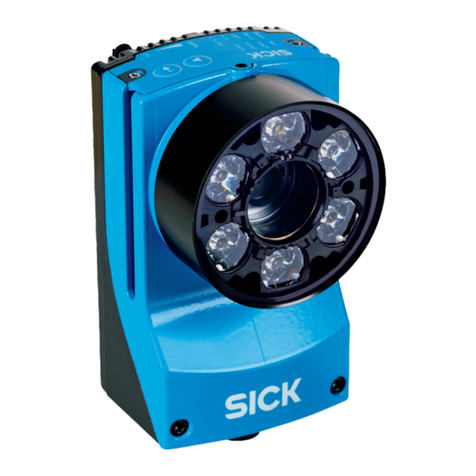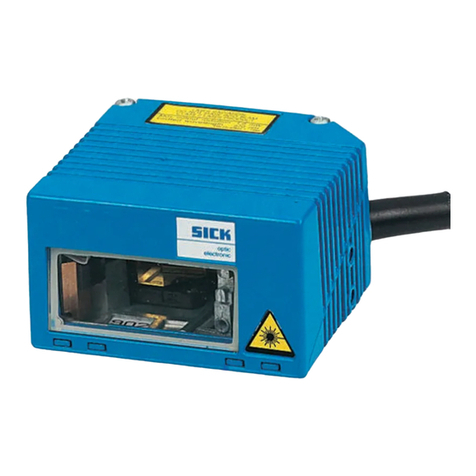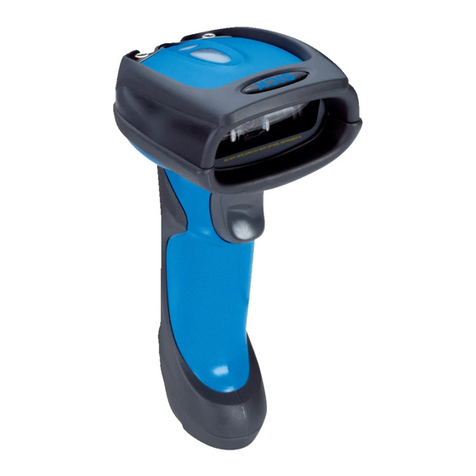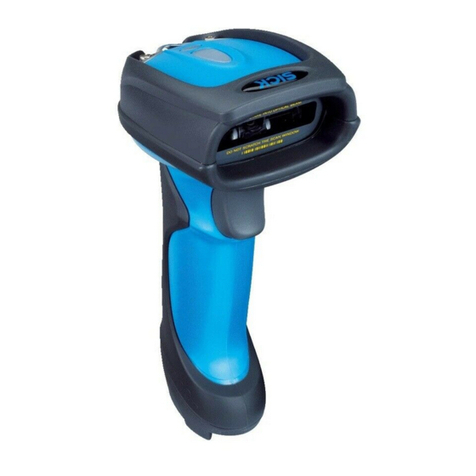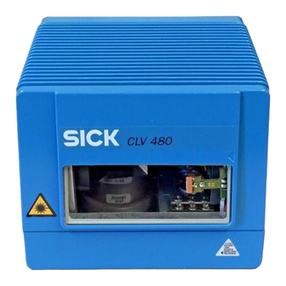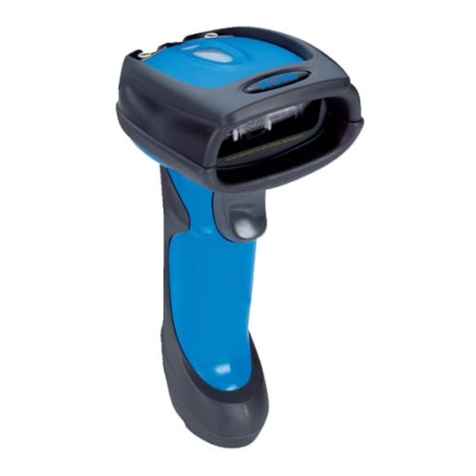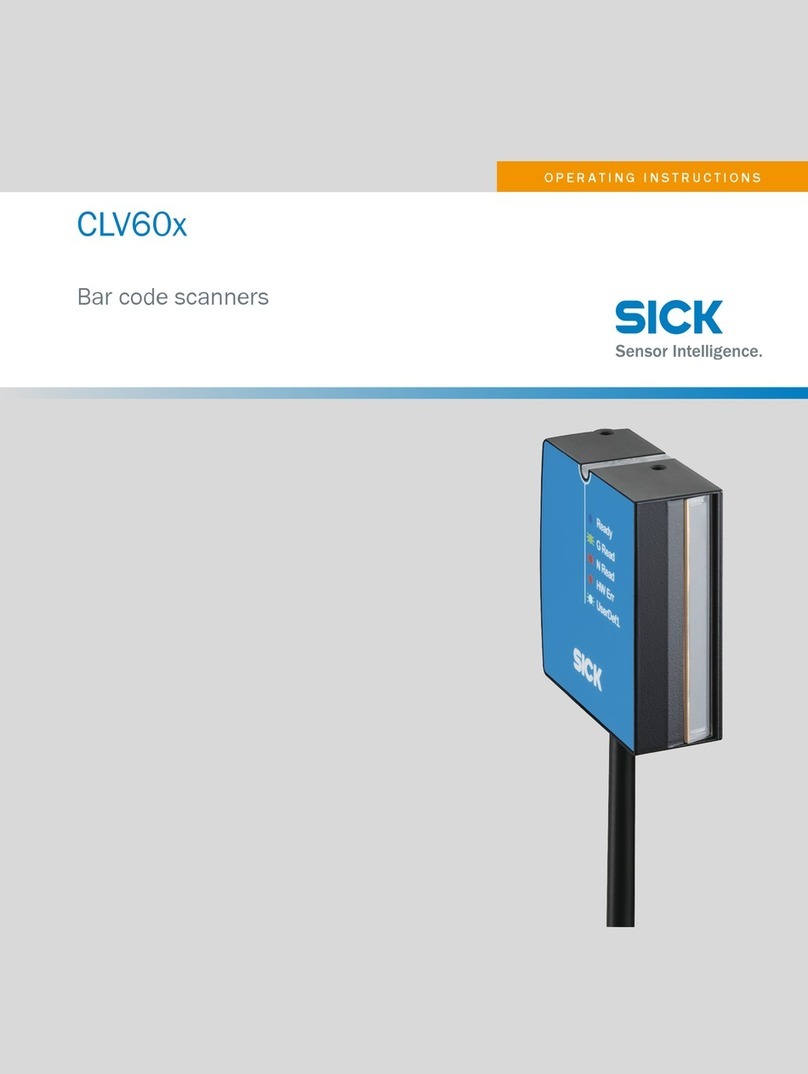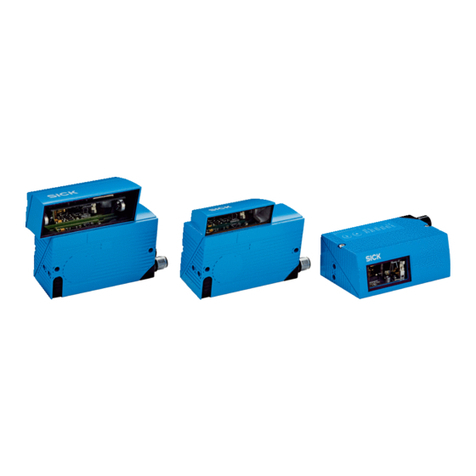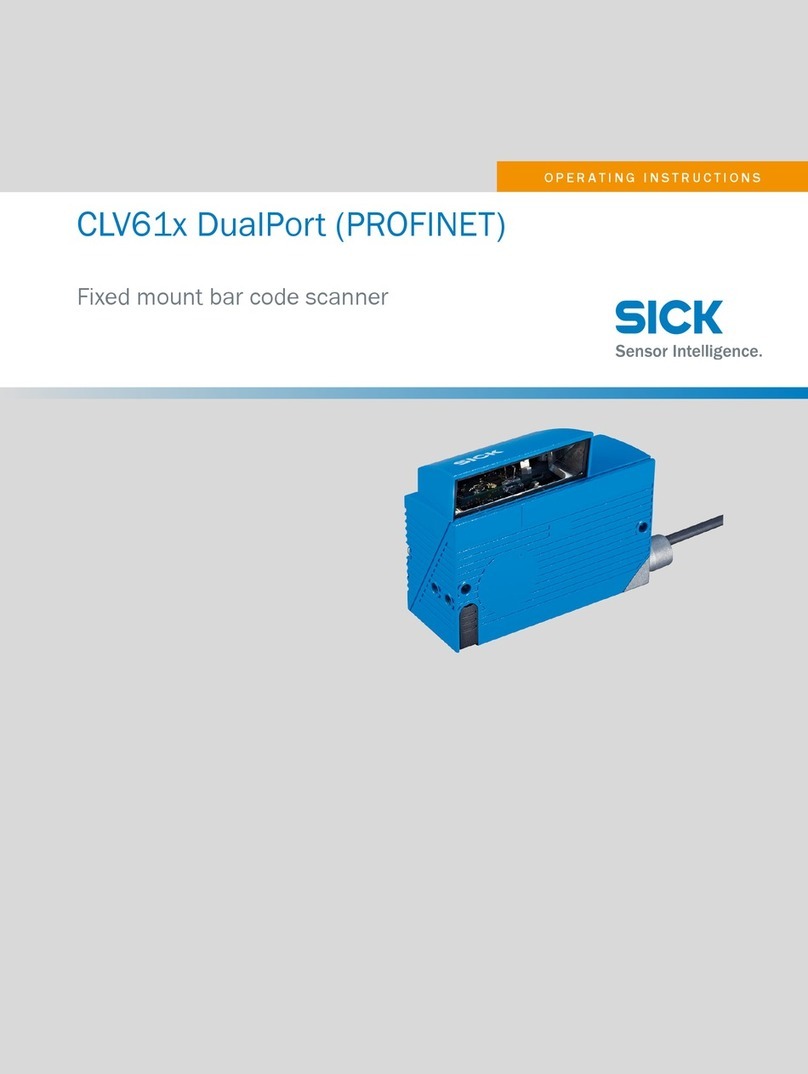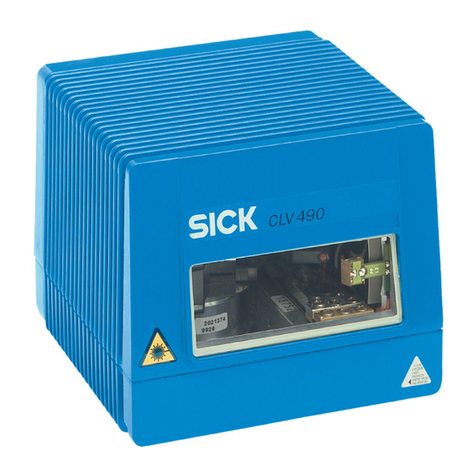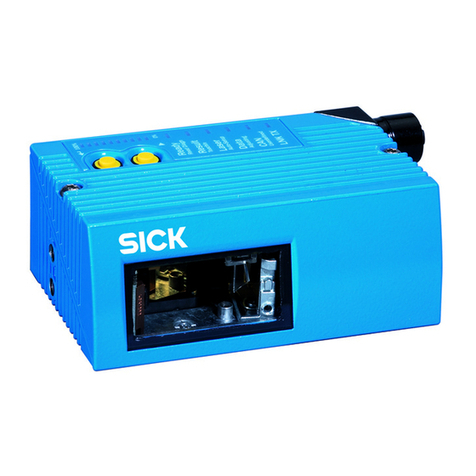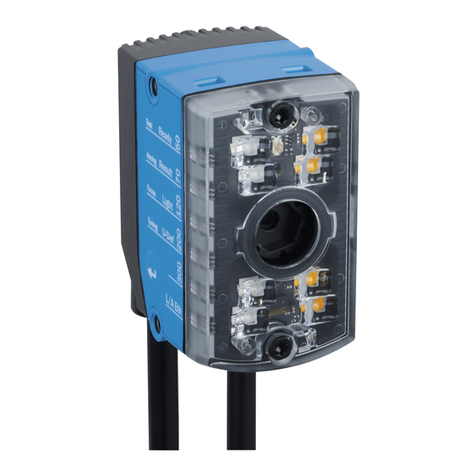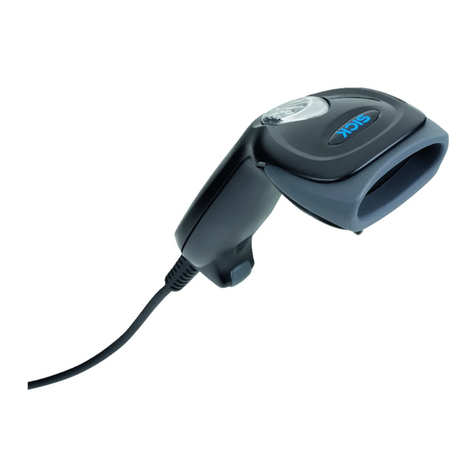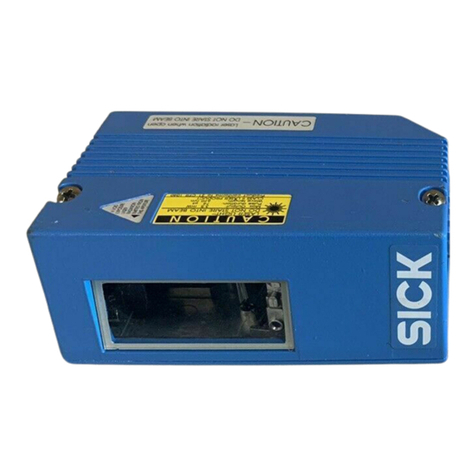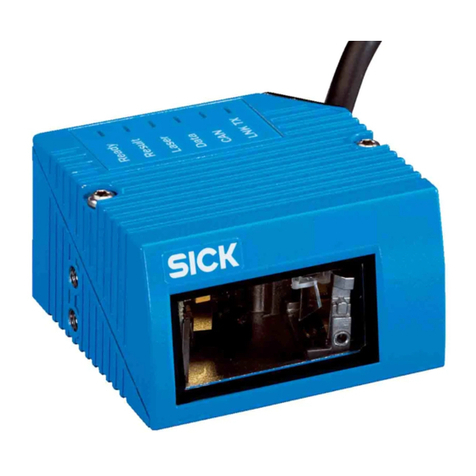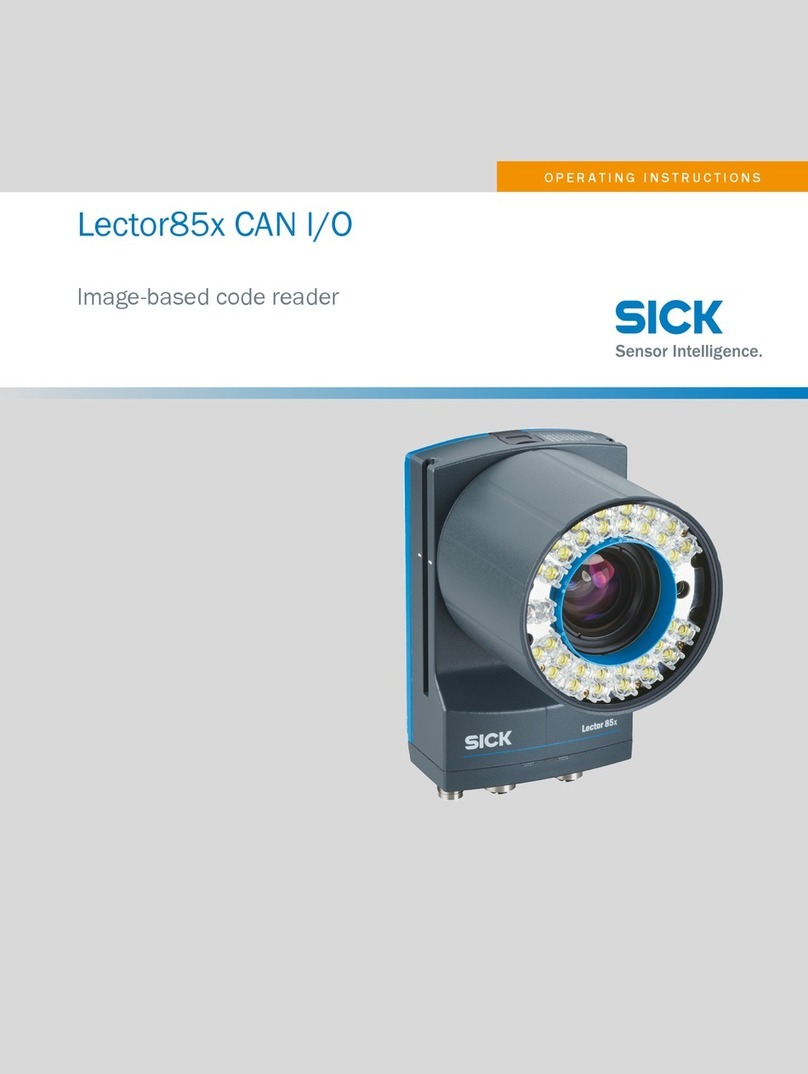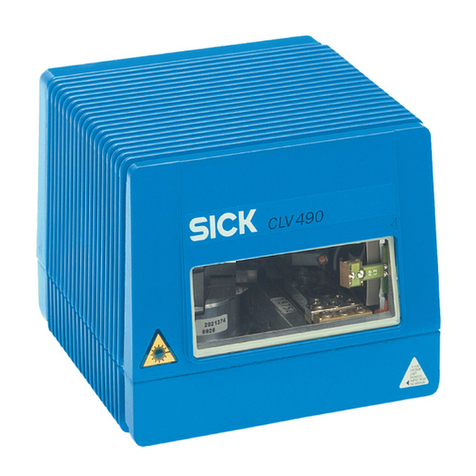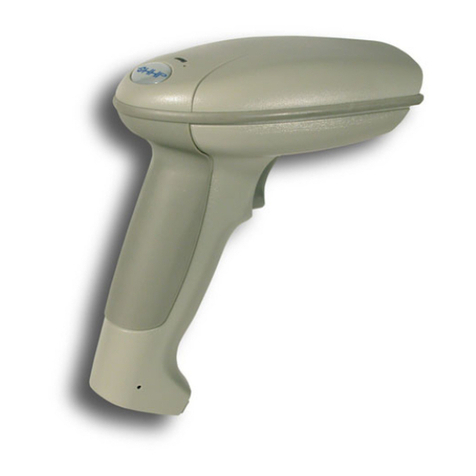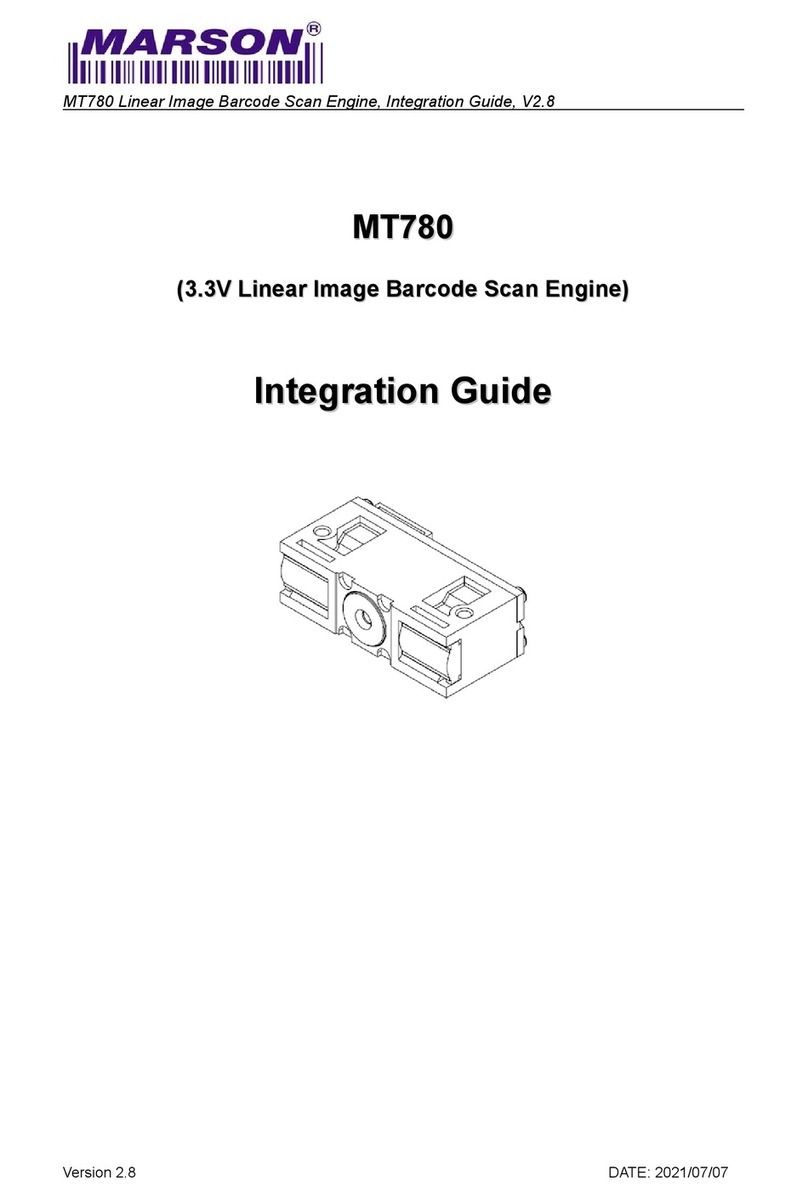
Contents
1 About this document........................................................................ 5
1.1 Information on the operating instructions.............................................. 5
1.2 Scope......................................................................................................... 5
1.3 Explanation of symbols............................................................................ 5
1.4 Further information................................................................................... 6
1.5 Customer service...................................................................................... 6
2 Safety information............................................................................ 7
2.1 Correct use................................................................................................ 7
2.2 Improper use............................................................................................. 7
2.3 IP technology............................................................................................. 7
2.4 Limitation of liability................................................................................. 8
2.5 Modifications and conversions................................................................ 8
2.6 Requirements for skilled persons and operating personnel.................. 8
2.7 Hazard warnings and operational safety................................................. 9
2.8 Switching off the device........................................................................... 11
2.9 Protection of the environment................................................................. 11
2.10 Repairs...................................................................................................... 11
3 Product description........................................................................... 12
3.1 Product ID.................................................................................................. 12
3.2 Product characteristics............................................................................ 13
4 Transport and storage....................................................................... 19
4.1 Transport................................................................................................... 19
4.2 Transport inspection................................................................................. 19
4.3 Storage...................................................................................................... 19
5 Mounting............................................................................................. 20
5.1 Overview of mounting procedure............................................................. 20
5.2 Scope of delivery....................................................................................... 20
5.3 Preparation for mounting......................................................................... 20
5.4 Mounting location..................................................................................... 22
5.5 Mounting the device................................................................................. 25
6 Electrical installation........................................................................ 26
6.1 Safety......................................................................................................... 26
6.2 Prerequisites for the safe operation of the device in a system............. 27
6.3 Pin allocation of the connections............................................................ 30
6.4 Wiring the PROFINET interface................................................................ 32
7 Commissioning.................................................................................. 34
7.1 Overview of the commissioning steps..................................................... 34
7.2 Install and launch the SOPAS ET configuration software...................... 34
7.3 Adjust the device...................................................................................... 35
CONTENTS
8017842/ZMG5/2017-06-12 | 8M_DR | SICK O P E R A T I N G I N S T R U C T I O N S | CLV61x Dual Port (PROFINET) 3
Subject to change without notice
